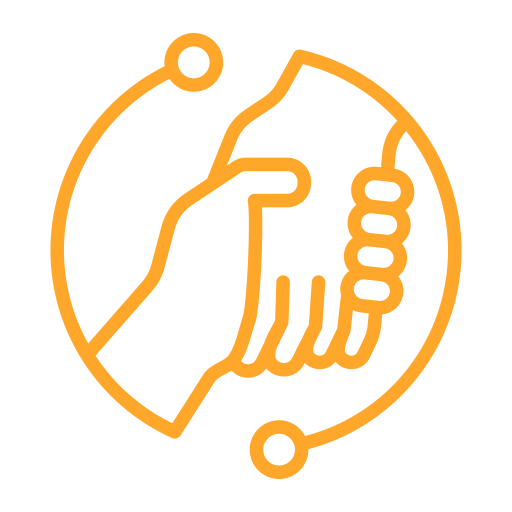Introduction and Workflow
- Genome Mapping focuses on determining the structure and order of genes within a genome, providing comprehensive insights into genomic organization and structural variations.
- The workflow includes isolating DNA, fragmenting it, capturing the regions of interest followed by sequencing to produce millions of short reads.
- In the bioinformatics analysis, these reads are aligned to a known reference genome to detect genomic alterations and structural arrangements.
- It is a powerful tool for diverse genomic studies, capable of sequencing humans, livestock, plants, bacteria, and disease-related microbes.

Advantages of Genome Mapping
- Provides detailed structural variant detection and genomic rearrangements, offering comprehensive insights into complex genomic architecture.
- Enables high-resolution analysis of large eukaryotic genomes and their structural features, facilitating better understanding of genome organization.
- Offers comprehensive mapping capabilities that reveal the three-dimensional structure of chromosomes and identify regulatory interactions between distant genomic regions.
- Supports multiple research applications including cancer research, developmental biology, and evolutionary studies by providing detailed genomic structural information.
Bioinformatics Pipeline

Service Specifications
Sample Requirement
Genomic DNA, Cultivated cells, Blood, tissues, and other samples.
Please refer to sample submission guidelines or Contact Us!
Sequencing Platform
Illumina NovaSeq 6000/ NovaSeq X

Deliverables
- The original sequencing data
- Experimental results
- Bioinformatics and Data Analysis Report
- Details in Genome Mapping (customizable)
